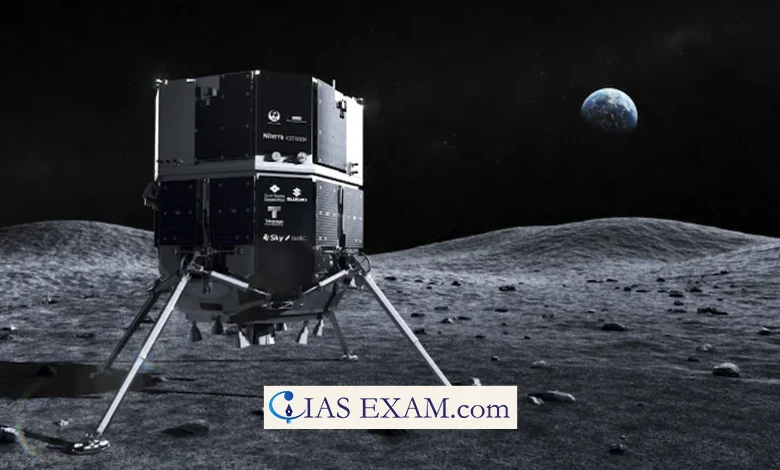NASA Standard Time for the Moon
Syllabus: Space Technology [GS Paper-3]

Context
NASA has been directed by the White House to create a unified standard of time for the moon and other celestial bodies by the end of 2026. This move aims to set international norms in space amid a growing lunar race among nations and private companies.
What is Coordinated Lunar Time (LTC)?
Coordinated Lunar Time (LTC) is the new lunar standard to be established by NASA. It is intended to be tied to Coordinated Universal Time (UTC), currently the primary time standard used throughout the world to regulate time on Earth.
Why is LTC needed?
A standard time for the moon is required for several reasons:
- Safety: A universal time basis for different operators onboard is the key aspect to a successful space situational awareness capability, navigation and communication.
- Accuracy: Time passes in a different pace, whether it is line with location in space and will be important to have a unified time standard to accurately navigate and communicate with others.
- Scalability: The need to have a common timekeeping system increases with the number of lunar missions. Unified time standard will result in operations efficiency and no overlaps in any mission.
- Resilience: The formation of a single time principle will enable the interactions between the explorers of the Moon and their Earth-based ground controllers to be maintained, even in the situation when the communication has been terminated.
Features of LTC
The new standard will focus on four features:
- Traceability to UTC: Lunar Time is quite similar to that of Terrestrial Time on Earth (TAI + 32.184 seconds). The uniformity of the lunar movement of time can be achieved by the use of a group of clocks that are positioned on the moon.
- Scalability beyond the EarthMoon system: For operations involving Lunar conditions, conversion of LTC to UTC with the help of above given approach will be easily obtained if one can use this approach. This method could also be made applicable to operate in the space environment of the solar system beyond the Earth-Moon system (for instance, for Mars).
- Accuracy for precision navigation and science: The LTC will basically be a physical standard for users in cislunar space who are operating in a gravitational environment, spacing out their alignment. Coordination among space assets, tracking, and navigation happen in lockstep within a few centimetres of accuracy, thanks to inbuilt mechanisms.
- Resilience to loss of contact with Earth: It will be a long-term crewed mission and the crew must remain self-sufficient for the entirety of the one-way journey to the moon.
Implementation of LTC
- The implementation of LTC will require international agreements through existing standards bodies and among the 36 nations that have signed the Artemis Accords.
- The White House has directed NASA to work with the Departments of Commerce, Defense, State, and Transportation to deliver a time standard strategy that will improve navigation and other operations for missions in particular in cislunar space, the region between Earth and the moon.
Conclusion
NASA’s creation of a standard time for the moon is a critical step in ensuring the safety and accuracy of lunar missions. The new standard, Coordinated Lunar Time (LTC), will be tied to Coordinated Universal Time (UTC) and will focus on four features: traceability to UTC, scalability beyond the EarthMoon system, accuracy for precision navigation and science, and resilience to loss of contact with Earth. The implementation of LTC will require international agreements and will benefit all spacefaring nations.
Source: The Hindu
UPSC Mains Practice Question
Q. Examine the technological, scientific, and logistical considerations involved in NASA’s effort to create a standard time for the Moon, and evaluate its potential impact on international collaboration and space exploration initiatives.





.png)



